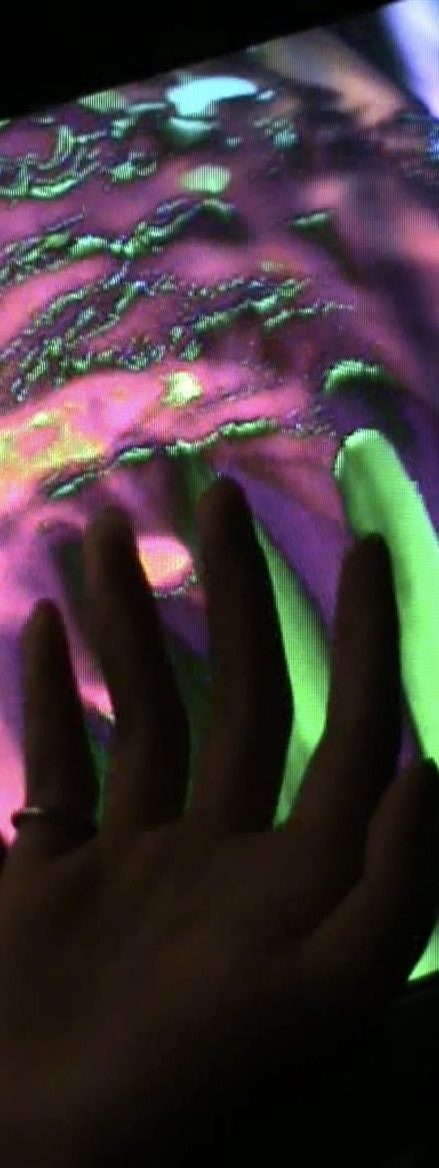Analog Visual Experiment

CRT monitors are an essential component of the entire analog visual system.
A CRT monitor is a type of display that utilizes a cathode ray tube. It relies on an electron beam to excite phosphors on the inner surface of the screen to display colors and images. Since the phosphors extinguish rapidly when lit, they must be continuously excited in a cyclical manner.
When these voltage signals, containing RGB phosphors, are continuously triggered and irradiated, they generate analog visual signals characterized by continuous variations, distinct from discrete digital signals.

Modulation is the process of converting signals generated by a signal source into a form suitable for wireless transmission. It samples analog signals, modulates the optical carrier by toggling between binary digital signals ‘1’ or ‘0,’ and performs pulse encoding.
Simply put, modulation is the process of altering or manipulating these continuous voltage signals.
An infinite and fascinating world emerges from this process.

Perhaps the self-awareness of ancient Chinese people was in the midst of mountains and rivers, and I also believe that the relationship between creative conditions and creative thinking is like a riverbed and a river.
The erosion of water changes the shape of the riverbed, and the shape of the riverbed guides the direction of water flow erosion time and time again.
This fascinates me.



A segment of a live practice session
Track from Hiroshi Yoshimura – Mist
Real time footage sourced from a 15 centimeter patch cable
A segment of a live practice session
Track from braches-branches
I used some plastic packaging bags and a visual synthesizer to complete the visual part.
The following are some of my attempts and explorations on feedback
Some broken spaces
Some disintegrated times
Some dreams and some illusions




